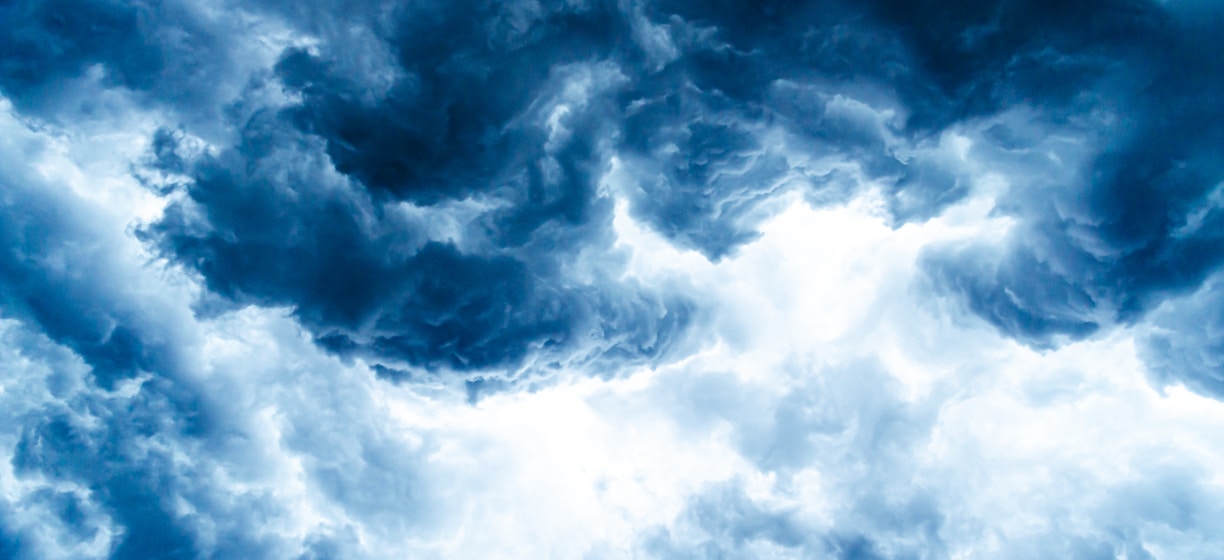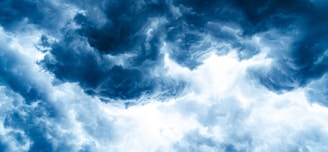Shango - Yoruba Diety
Shango (Yoruba language: Ṣàngó, also known as Changó or Xangô in Latin America; and as Jakuta or Badé) is a deity in Yoruba religion. Genealogically speaking, Shango is a royal ancestor of the Yoruba as he was the third Alaafin of the Oyo Kingdom prior to his posthumous deification. Shango has numerous manifestations, including Airá, Agodo, Afonja, Lubé, and Obomin. He is known for his powerful double axe (Oṣè). He is considered to be one of the most powerful rulers that Yorubaland has ever produced.
AFRICAN HISTORY


Shango (Yoruba language: Ṣàngó, also known as Changó or Xangô in Latin America; and as Jakuta or Badé) is a deity in Yoruba religion. Genealogically speaking, Shango is a royal ancestor of the Yoruba as he was the third Alaafin of the Oyo Kingdom prior to his posthumous deification. Shango has numerous manifestations, including Airá, Agodo, Afonja, Lubé, and Obomin. He is known for his powerful double axe (Oṣè). He is considered to be one of the most powerful rulers that Yorubaland has ever produced.
Ṣàngó was the third Alafin of Oyo, following Oranmiyan and Ajaka. He brought prosperity to the Oyo Empire. According to Professor Mason's Mythological Account of Heroes and Kings, he was a powerful and violent ruler. He reigned for seven years which were marked by his continuous campaigns and many battles. His reign ended due to his inadvertent destruction of his palace by lightning. One account asserts that Shango was fascinated with magical powers. He inadvertently caused a thunderstorm and lightning struck his own palace killing many of his wives and children.
In repentance, he left his kingdom and traveled to Koso, where he hung himself. When his enemies cast contempt upon his name, a rash of storms destroyed parts of Oyo. Shango's followers proclaimed him a god and said the storms were Shango's wrath, avenging his enemies. All of the stories concerning Shango represent the theme of capricious, authoritative, creative, destructive, magical, medicinal, and moral power. Shango's staff visualizes the unpredictable and violent power of the divine being. This power is personified through dance. The practice is part of the Yoruba people's history.
In Yorubaland, Ṣàngó is worshiped on the fifth day of the week, which is named Ojo Jakuta. Ritual worship foods include guguru, bitter cola, àmàlà, and gbegiri soup. Also, he is worshiped with the Bata drum. One significant thing about this deity is that he is worshiped using red clothing, just as he is said to have admired red attire during his lifetime.
Ṣàngó is viewed as the most powerful and feared of the orisha pantheon. He casts a "thunderstone" to earth, which creates thunder and lightning, to anyone who offends him. Worshippers in Yorubaland in Nigeria do not eat cowpea because they believe that the wrath of the god of iron would descend on them. The Ṣàngó god necklaces are composed in varying patterns of red and white beads; usually in groupings of four or six which are his sacred numbers. Rocks created by lightning strikes are venerated by Ṣàngó worshipers; these stones, if found, are maintained at sacred sites and used in rituals. Ṣàngó is called on during coronation ceremonies in Nigeria to the present day.
